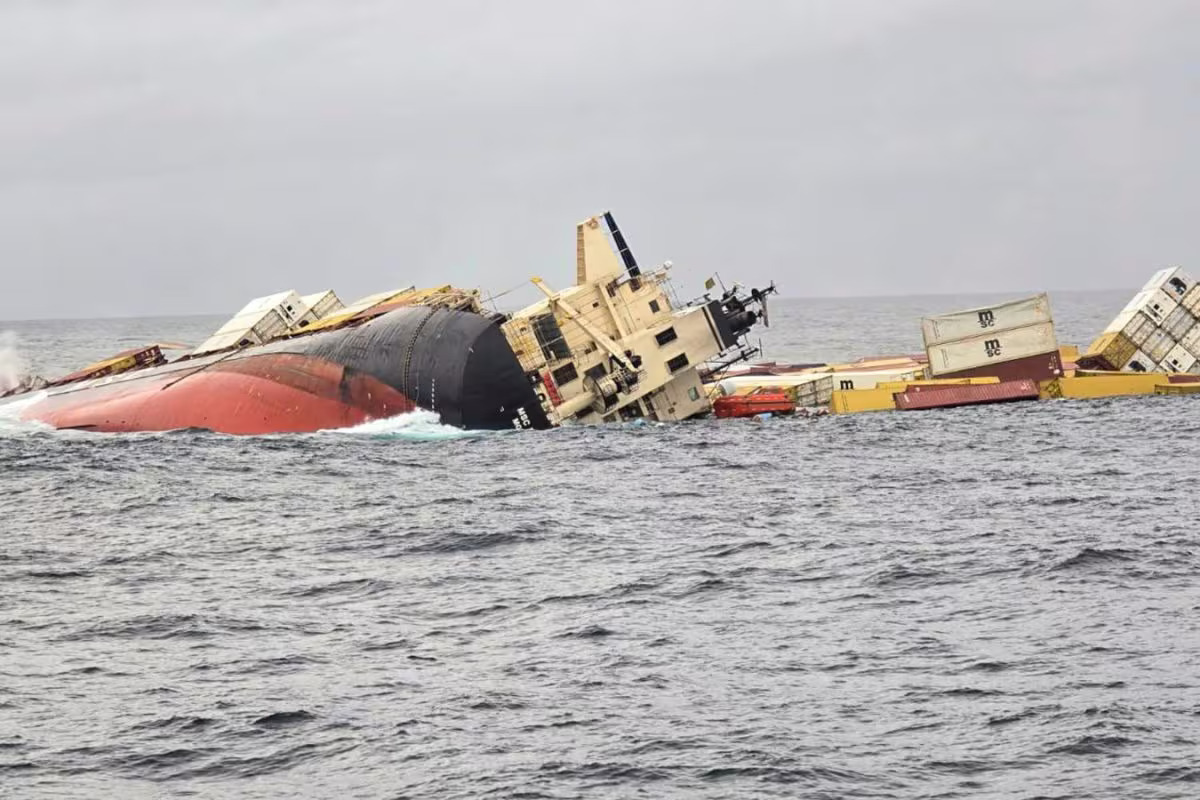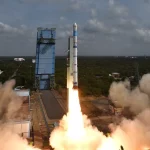Central and international agencies have begun a detailed investigation into the suspected use of electromagnetic weapons in a series of recent ship mishaps in the Arabian Sea. The probe follows a notable rise in incidents where electronic navigation systems on vessels failed under unexplained conditions.
Concerns are growing over the potential use of high-power microwave (HPM) or electromagnetic pulse (EMP)-based devices, which are capable of disabling electronic systems from a distance. A key focus is Turkey’s Alka–DEW, developed by its defence research agency Roketsan. This portable system, roughly the size of a sports car, emits electromagnetic waves at 2.5 to 5 kilowatts and can disrupt electronics over a range of 1,500 to 5,000 metres.
Authorities are now monitoring abnormal power usage at suspected locations in the Arabian Sea to identify whether such devices have been deployed. These electromagnetic waves can not only jam GPS and navigational instruments but also potentially ignite chemical substances, raising fears of deliberate sabotage or accidental explosions on cargo vessels.
Maritime insurers have sounded the alarm over the growing number of incidents. The Joint Marine Insurance Committee, based in the US, has reportedly found signs of EMP-level activity in connection with several ship accidents in the region.
Highlighting the global implications of these developments, a team from a European consortium of marine insurers recently visited Kerala to assess the ground situation. Their involvement underscores the seriousness with which the international community is viewing the suspected use of electromagnetic interference in maritime zones.
As the probe continues, investigators are analysing technical data and disruption patterns to confirm whether advanced electromagnetic technologies are indeed at play in this spate of maritime mishaps.













